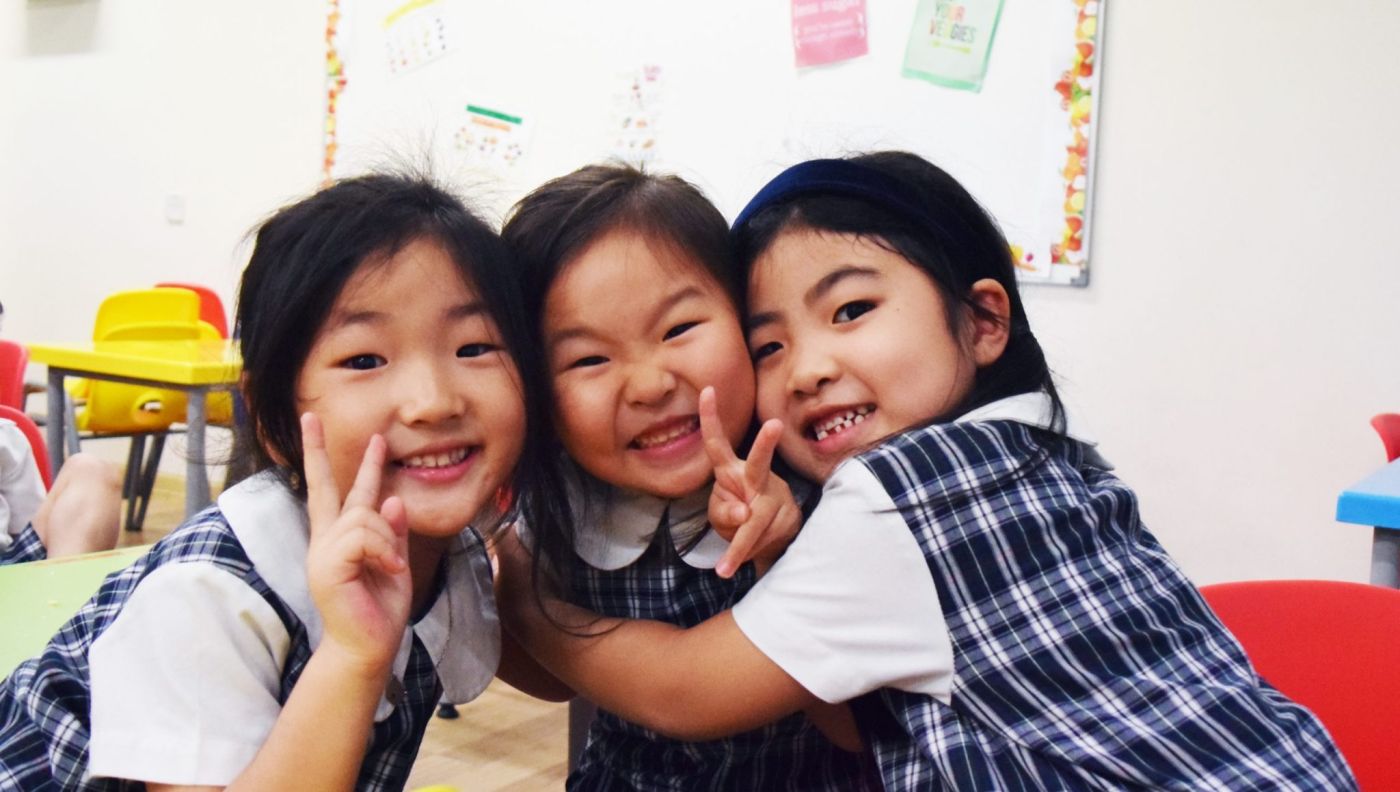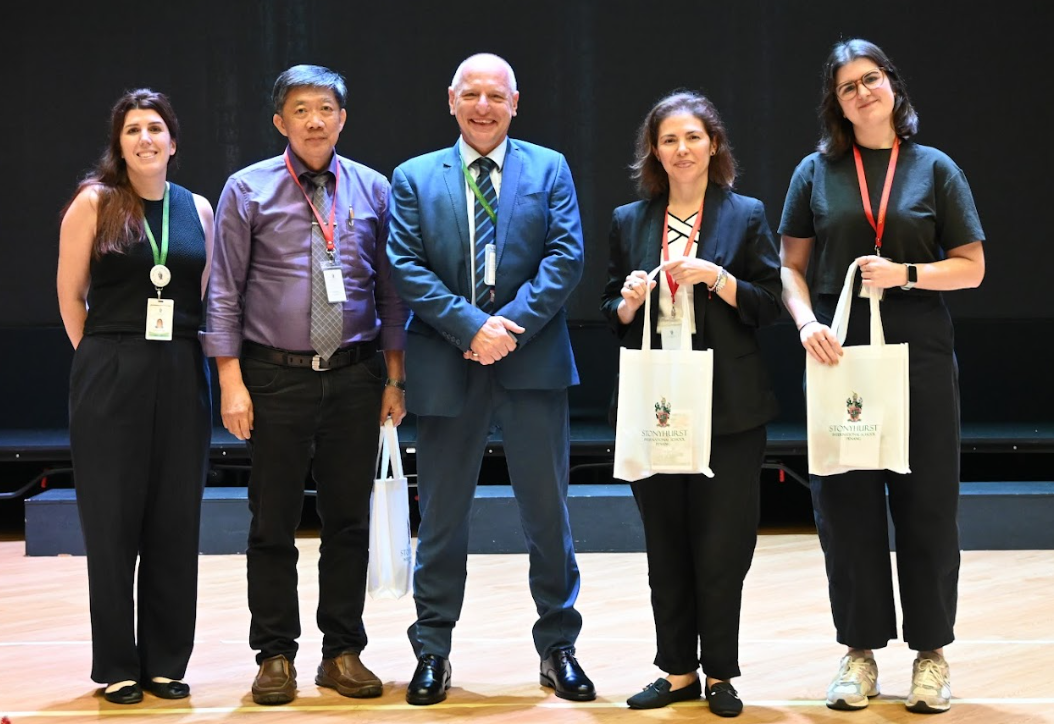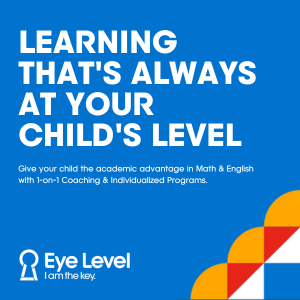
Bullying happens when someone hurts another person intentionally and repeatedly over time. It can happen anywhere in school, including on the way to or from school or during lunch breaks. The most common ways that students are bullied are physical abuse (hitting, kicking, shoving); verbal abuse (name calling); and social exclusion (not letting someone join in games or activities).
However, it is important to understand that bullying is not cool. It is not cool to be a bully, and it is not cool to be bullied.
According to research, bullying negatively impacts the bullied, creating feelings of fear, anxiety, hatred, withdrawal and low self-esteem. It can also lead to depression and low academic achievement. However, it also negatively impacts the bully, who builds a negative long-term habit by granting themselves instant gratification.
Here’s everything you need to know about bullying in school.

Types of bullying
Bullying can take many forms. It can include physical violence, verbal attacks and threats, as well as social exclusion. However, the most common types of bullying in school are:
Physical bullying: This type of bullying involves direct physical contact or actions that can cause pain, injury or discomfort. Hitting, kicking and pushing are all forms of physical bullying.
Verbal bullying: This type of bullying involves hurtful words or actions that can make someone feel bad about themselves. Verbal attacks can include name-calling, insults and threats.
Cyberbullying: This is when people use technology such as computers and mobile phones to harass or threaten others online.
Social exclusion: This happens when a group of students excludes another student from activities because they don’t like them or think they are different from everyone else.
Sexual bullying: This is when people are bullied because of their sexuality, gender identity or sexual orientation. It can be a form of verbal, physical or cyberbullying.

Why do children bully?
Bullying can be a way for children to feel better about themselves, or it may be a response to their own feelings of insecurity or low self-esteem. There are many reasons why children bully but some of the most common causes include:
- They may be acting out in anger or frustration as they have been bullied themselves and feel insecure.
- They might lack empathy and have trouble understanding how their actions affect other people.
- They might not know how to get along with others and are trying to fit in by being popular or powerful. They could be looking for attention from their parents, teachers or friends.
- They may be looking to fit in with a group of friends who bully others.
- They could be angry and frustrated over something that is happening at home or in school.
- Bullies may be acting out because they are feeling overwhelmed by their own emotions and don’t know how to deal with them in a healthy way. They may be having trouble coping with stress, sadness or anger.

How to prevent bullying?
Bullying can be prevented by teaching children how to recognise and deal with it appropriately. It is important to let your child know that bullying is not a normal part of growing up and should never be tolerated. Bullies are more likely to stop when they feel that they are being watched and when they know there will be consequences for their behaviour.
At Maple Leaf Kingsley International School, we take bullying cases very seriously and make sure the students understand the implications and negative impacts of the different types of bullying, the responsibilities of bystanders to report bullying, and how and where to get help. When such cases arise, we investigate them and keep parents informed.
Students are subjected to reflective actions by mopping the floor or cleaning the classroom to ensure they understand that their action is not right. Headteachers and pastoral care counsel the students to ensure they realise their mistakes and learn through the process.
In primary school, we consistently emphasise anti-bullying during CT and PSHE periods. This includes addressing all aspects of personal/ social life (friendship and emotional well-being) in school and at home. We used incidents that happen as a learning topic for the students.

In secondary school, anti-bullying programmes aim to reduce bullying in schools. These include the children involved in bullying, other students, school staff, parents, and the wider community. The PSHE (Personal, Social and Health Education) Programme includes one or more of the following activities:
Understanding the causes of bullying – Teachers try to build positive relationships with their students, get to know them better, and understand the causes behind their behaviour.
A whole-school approach – This means all the students, teachers, staff and parents are involved in the approach to develop whole-school policies and ensure these are implemented consistently.
Activities with children – These activities include supporting positive mental health and social relationships, encouraging students to report bullying, or providing targeted support to children involved in bullying.
Students can experience bullying in all different areas of school life — from the classroom to the playground. As a parent, you can help address this issue by talking with your child about bullying and how it affects people’s lives. You might also want to talk with teachers or counsellors at your child’s school about what steps they are taking to prevent bullying from happening on campus.
Call the national 24-hour hotline on 15999 if you need help with bullying.













![[elc International School] NO SHORTCUTS: WHY THINKING STILL MATTERS](https://mint-edm.sgp1.digitaloceanspaces.com/production/XTvbqZxxQQxUHjyDcClxCortA5SxNs.png)




















